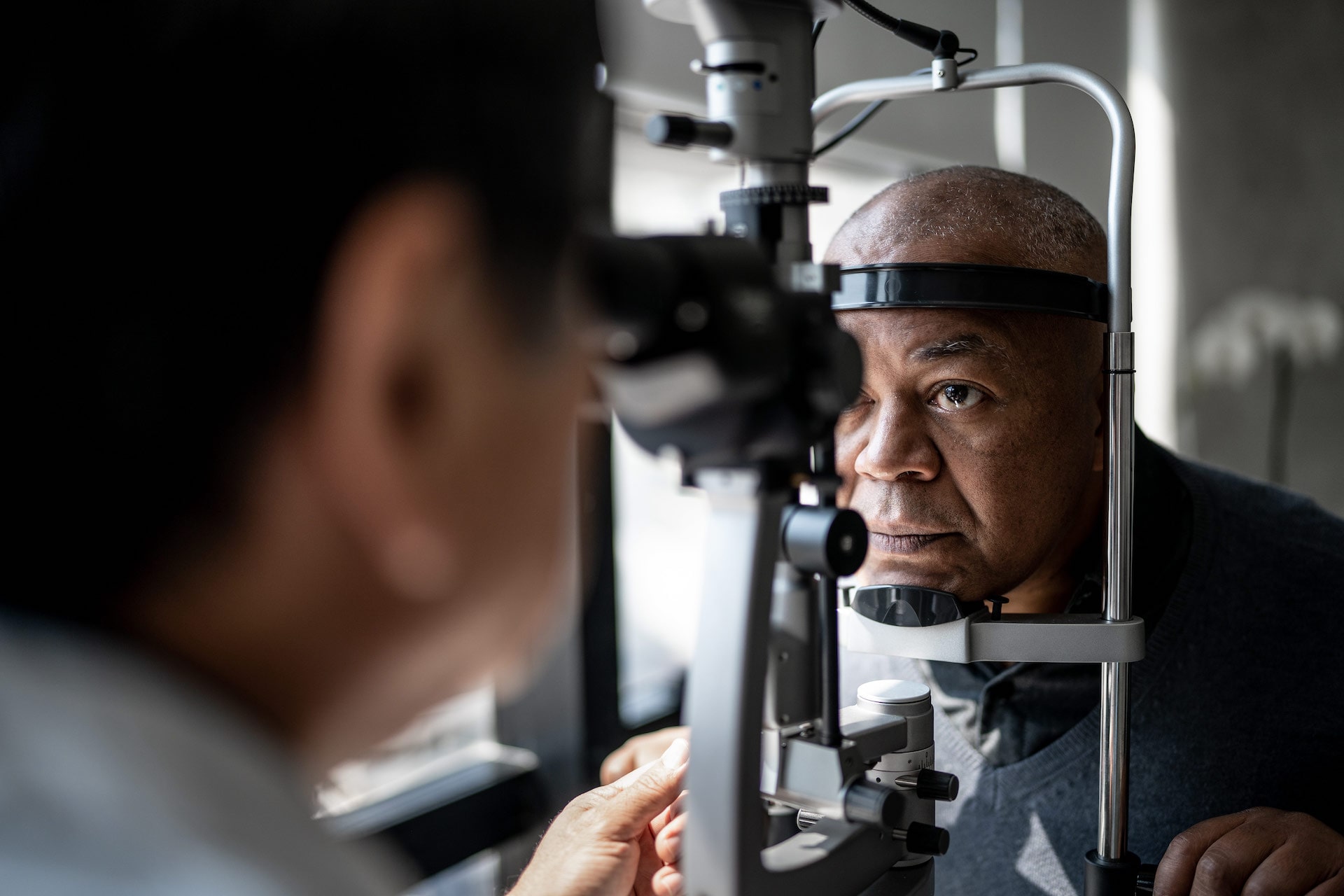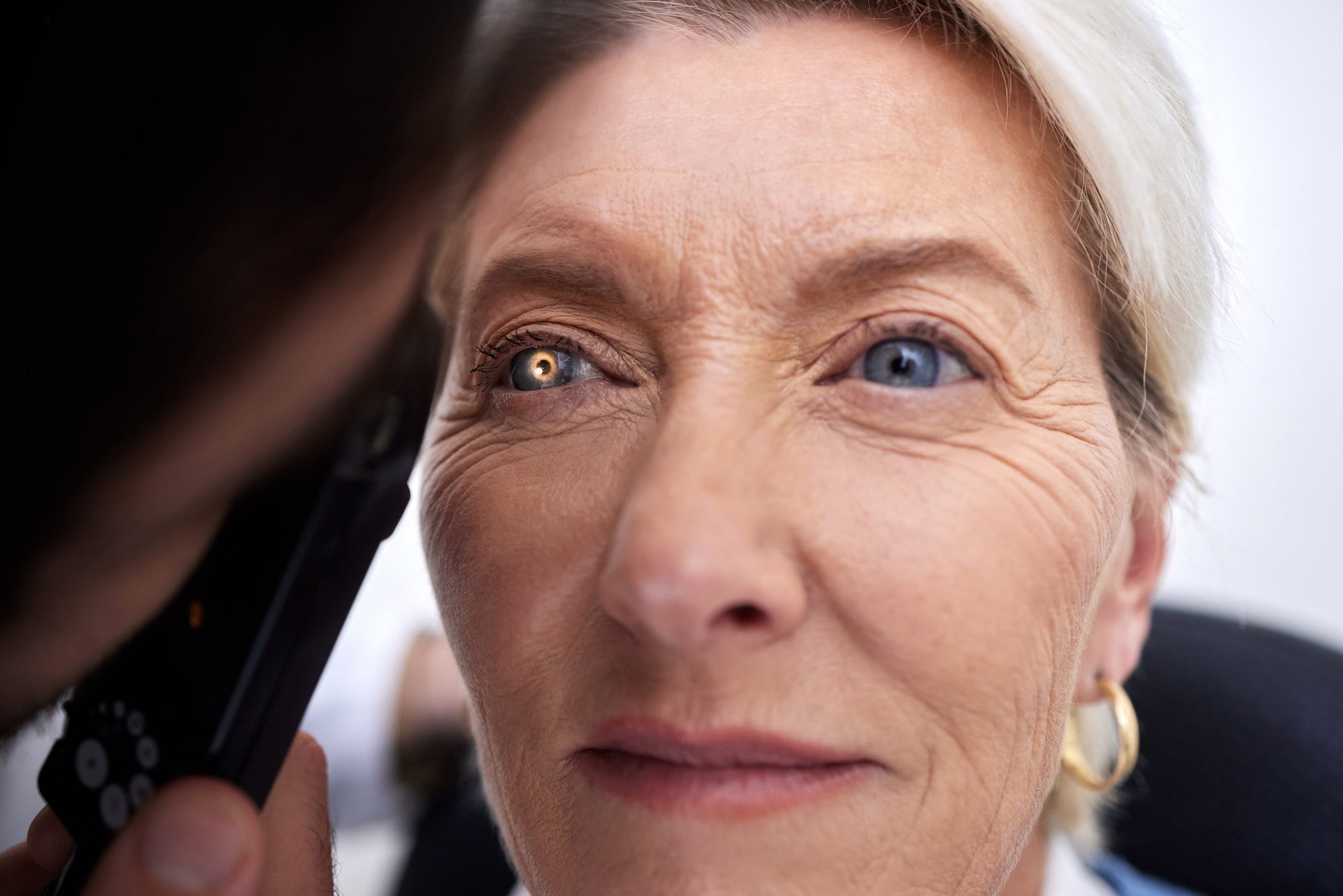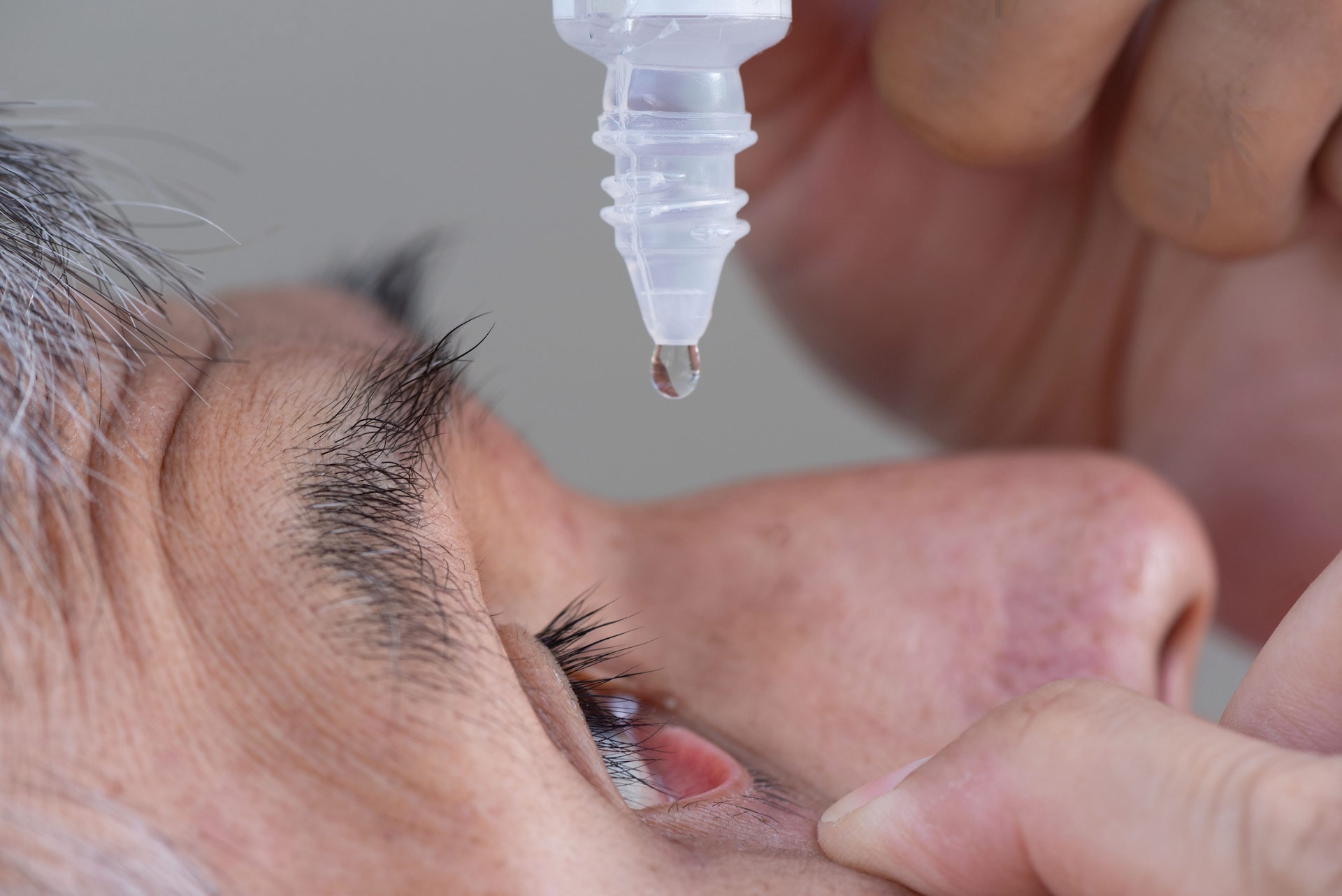Core Eye Services
Glaucoma
What is Glaucoma?
Glaucoma is a group of eye diseases that damage your eye’s optic nerve and can cause vision loss and eventual blindness if left untreated. It usually happens when excess fluid builds up in the front part of your eye, increasing the pressure in your eye. The pressure is what causes the damage to the optic nerve. While there are many different types of glaucoma, the two general categories are open-angle glaucoma and angle-closure glaucoma.

Risk Factors of Glaucoma
While anyone can get glaucoma, some people are at higher risk:
- Those with higher-than-average pressure in the eye
- If there’s a family history of glaucoma
- Age 40+ with the risk increasing significantly for people 60+
- Those of African descent
- Nearsightedness (myopia)
There’s no prevention or cure for glaucoma, but early treatment can often stop the damage and protect your vision. That’s why eye exams are so important. Discuss your risk level with your optometrist. If you’re at higher risk, a comprehensive dilated eye exam will be recommended every 1 to 2 years.

Top Three Eye Pressure Problems
The three most common glaucoma issues that we treat at Clarity Eye are:
- Primary open-angle glaucoma
- Angle-closure glaucoma
- Post-operative pressure spike

Primary Open-Angle Glaucoma
This is the most common type of glaucoma where the eye does not drain fluid as well as it should. As a result, eye pressure builds and starts to damage the optic nerve. This type of glaucoma happens gradually has no pain associated it nor does it cause vision changes at first. Visiting your optometrist regularly is important in detecting early signs of damage to the optic nerve.
Signs of Open-Angle Glaucoma:
- Early symptoms: often none
- Later symptoms: loss of side (peripheral) vision, blind spots, blindness

Angle-Closure Glaucoma
Also called “closed-angle glaucoma” or “narrow-angle glaucoma”, this type of glaucoma happens when someone’s iris is very close to the drainage angle in their eye. The iris can end up blocking the drainage angle causing eye pressure that rises very quickly. This is a true eye emergency and requires immediate attention as blindness will result if not treated right away.
Signs of an Acute Angle-Closure Glaucoma Attack:
- Vision is suddenly blurry
- Severe eye pain
- Headache
- Nausea
- Vomiting
- Seeing colourful rings or halos around lights
Because this type of glaucoma develops slowly, there are no symptoms at first. People don’t know they have it until the damage is severe or they have an attack.

Post-Operative Pressure Spike
In rare instances, there may be a temporary increase in eye pressure following eye surgery requiring management.
Signs of a Pressure Spike:
- Vision is moderately blurry after surgery
- Moderate eye pain
- Headache
- Nausea
- Vomiting
Patients are routinely seen either the same day or the next day after eye surgery and the vision and eye pressure are assessed. Post-operate pressure spikes are managed with either additional medications (drops or oral) or with a painless minor in-office procedure.

Glaucoma Treatments
The three most common glaucoma treatments are:
- Medications
- Lasers
- Surgery
Medications
In the form of prescription eye drops or pills, medications remain the most common treatment option to lower pressure in glaucoma.
Lasers
Laser surgeries have become important in the treatment of different eye problems and diseases, including glaucoma. During the laser surgery, the eye is numbed so that there is little or no pain. The eye doctor then holds a special lens to the eye. The laser beam is aimed into the eye, and there is a bright light, like a camera flash. The most common types of laser procedures we perform are:
- Peripheral Iridotomy (YAG P.I.): a laser creates a microscopic bypass channel to facilitate fluid drainage in narrow angle glaucoma
- Peripheral Iridoplasty (ALPI): a laser pulls the iris away from the drainage system in patients where YAG P.I. does not work
- Selective Laser Trabeculoplasty (SLT): a laser stimulates further opening of drainage system in open angle glaucoma
Surgery
When glaucoma cannot be adequately controlled by medications or lasers, there are a variety of surgeries available for severe glaucoma. At Clarity Eye, our nationally renowned glaucoma surgeons cater the type of glaucoma surgery to the unique needs of each patient. These surgeries, which are covered by OHIP, are performed in a hospital.
